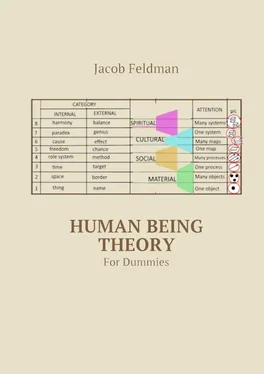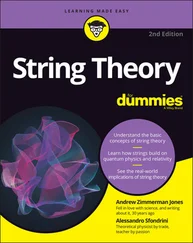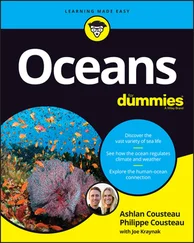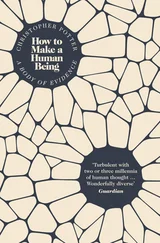Look at the table. There are three columns in it. Left columns faces at science and deals with knowledge of different kinds. Right column faces at art and deals with values. The column in the middle deals with worldviews.
Left column contains epistemology, methodology, logics, and law. Right column contains axiology, ethics, aesthetics, and moral. The column in the middle contains ontology, myth, religion, and ideology.

Fig.9. Knowledge, worldview, values
When moving from bottom up you see that position of neutral observer is gradually transformed into position of active actor who less and less looks around, but more and more presses on things to make them fit the pattern.
Philosophy is supposed to be neutral, so we put it at the South. Now, view from the South is philosophical.
But how can we name the view from the North? I failed to find good name in the language and invented a new one: regulatorics. This is a view of someone who wants to transform the world.
Add the 12 areas in this chapter to the 7 areas from the previous one and get complete syllabus of the Human Being Theory.
Why philosophy still in the game?
Look here, you two!
See here, you two!
I can get five on top
Can you?
Ten Apples Up on Top by Dr.Seuss
A long, long time ago, when I was a little bit younger, a simple question came in my mind.
Why philosophy still in game?
Why people pay for these boring books, why they reprint them?
I could understand people who pay to listen to violin or to watch olimpic games.
But philosophy?
Today I see philosophy as a poor answer for a real question . It looks like unsavory food you eat because you are hungry. But what is a question?
Ignore what philosophers say about the main question, don’t believe them. The real question must exist before and out of any philosophy.

Fig.10. Message
Imagine two people in dialog.
Person A sends to person B a message C about object D.
You can focus on object. This approach produces science.
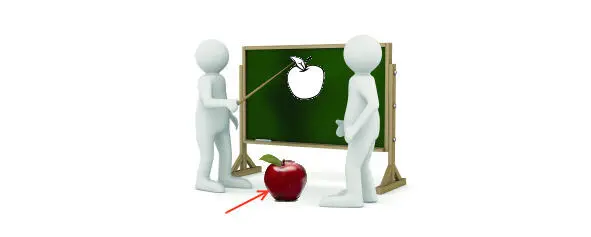
Fig.11. Focus on object
You can focus on message as a tool to express your opinion etc.. This approach produces art.
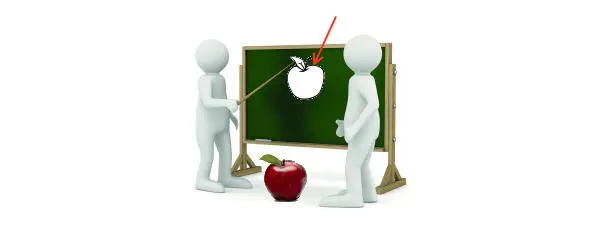
Fig.12. Focus on message, its expressive possibilities
But imagine a dialog where participants do not understand each other. They want but they cannot for some reason. Probably they have different contexts in their heads. You can focus on these contexts. This approach produces philosophy.
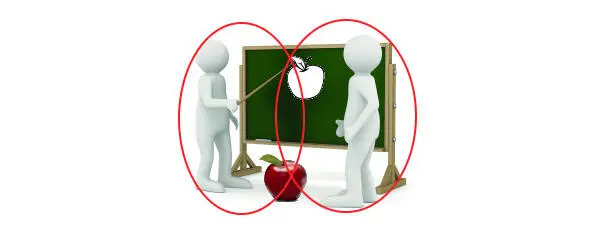
Fig 13. Contexts differ.
Between science and philosophy
I am so good
I will not stop. Five!
Now six!
Now seven on top!
Ten Apples Up on Top by Dr.Seuss
Suppose you have found some very new idea and you want to tel it to your colleague. But the idea is so radically new that you partner does not understand you. What should you do?
Probably you should pack your idea into right form? This way leads to logics . Probably you should tell your partner how did you get to this great idea. This way leads to methodology . Probably you should tell your friend where any new ideas come from. This way leads to epistemology . Probably you should tell your friend how this world works. This way leads to ontology .
But for really new idea all this does not help.
Unexpected result: next generation of readers will consider you as a serious philosopher.
Fig.14. Philosophers
Seven apples
up on top!
I am so good
they will not drop!
Ten Apples Up on Top by Dr.Seuss
Suppose you live your regular life.
Suppose in some moment of your precious life you feel, that something goes wrong.
You feel it must be fixed. But how?
This moment of your life, this point of the space-and-time-and-person, this point and its neighborhood, I call them a problem. The problem is a part of physical world .
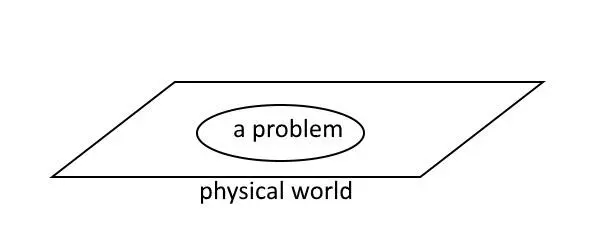
Fig.15. Physical world
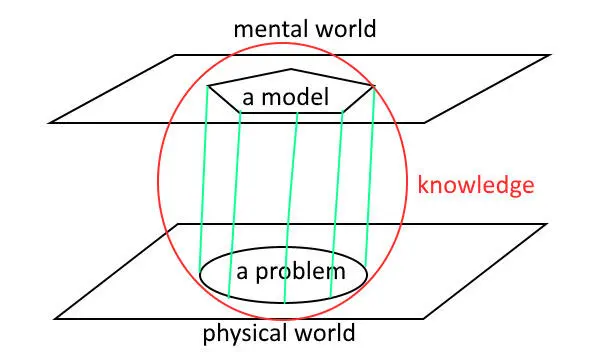
Fig.16. Knowledge
Suppose we could describe the problem in some detailed and consistent way. I call this description a mode l.
The model exists in a mental world . There is a good detailed mapping between problem and model. This triplet of «problem, model, and mapping» I call it knowledge. Is it a true knowledge? Or is it a false knowledge? We do not know yet. Anyway, we try to solve our problem using the model.
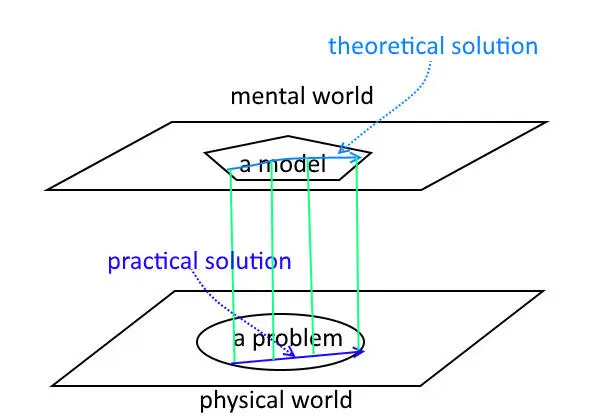
Fig.17. Practical solution
First, we investigate the model and find some theoretical solution .
Second, we map this solution into the physical world and get the practical solution . Practical solution tells us what to do .
So, third, we do it , we implement the practical solution.
And fourth, we look around an decide is the problem solved now or it is not yet.
Suppose we many times came to the (almost) same problem and always solved it with the same model successfully . If so, we can say that this knowledge is true. If sometimes it works but sometimes it does not, we call it false knowledge .
«Where do you come from?»
said the Red Queen.
«And where are you going?
Look up, speak nicely, and don’t twiddle your fingers all the time!»
Through the Looking Glass by Lewis Carroll
One step back.
Suppose we have a problem but the life is not easy now and we cannot find a good model. What should we do?
As in the swampy bog, we jump from one dry place to another. Sometimes we have a choice and time to think and choose where to jump, left or, may be, right.
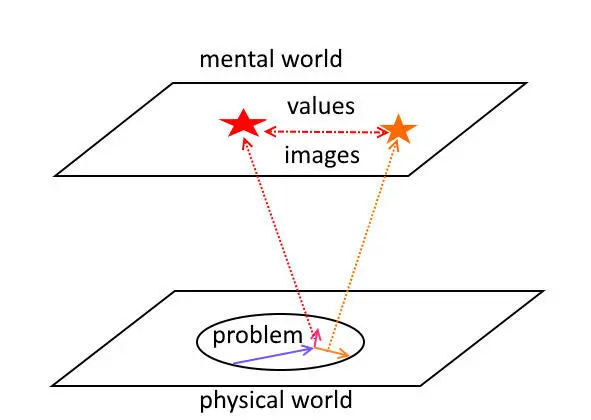
Fig.18. Values
When we think some images came to our mind , one image for the left turn, another image for the right turn. We can compare these images, choose the best one and make the jump toward the better future. If so, the images we compare, I call them values.
Читать дальше
